The flavor of light and medium deep-roasted coffee beans is different. What kind of roasted coffee beans tastes better?
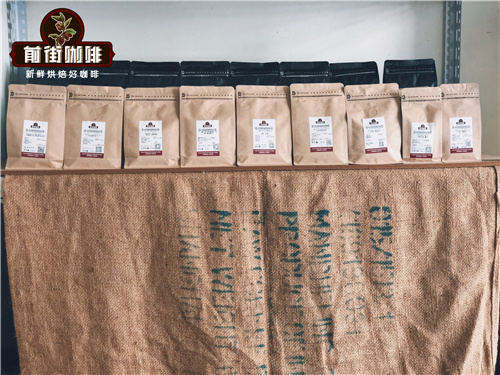
Professional coffee knowledge exchange more coffee bean information please follow the coffee workshop (Wechat official account cafe_style)
Raw coffee beans need to be roasted before they are sold, and they smell and taste nothing. The roasted coffee beans will produce some new and wonderful flavor and aroma. In the process of roasting coffee, there are many factors that affect the flavor and taste of coffee, such as the length of baking time, the way of baking, the degree of baking, and even the amount of coffee beans or the roaster's own experience and feel, and so on. There is a considerable difference between minutes and seconds, which makes the knowledge of roasting unpredictable and adds a lot of mystery. In this article, Qianjie Coffee will talk to you about the roasting degree of coffee beans.
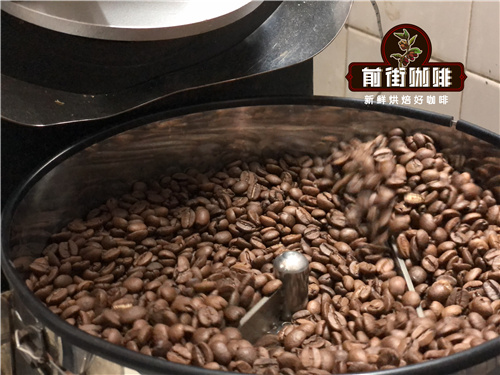
There are many levels of coffee roasting, while the roasting levels mentioned in American terminology are subdivided into eight stages: very shallow roasting / Light Roast, shallow roasting / Cinnamon Roast, moderate roasting / Medium Roast, moderate deep roasting / High Roast, medium deep roasting / City Roast, micro deep roasting / Full City Roast, very deep roasting / French Roast, and very deep roasting / Italian Roast.
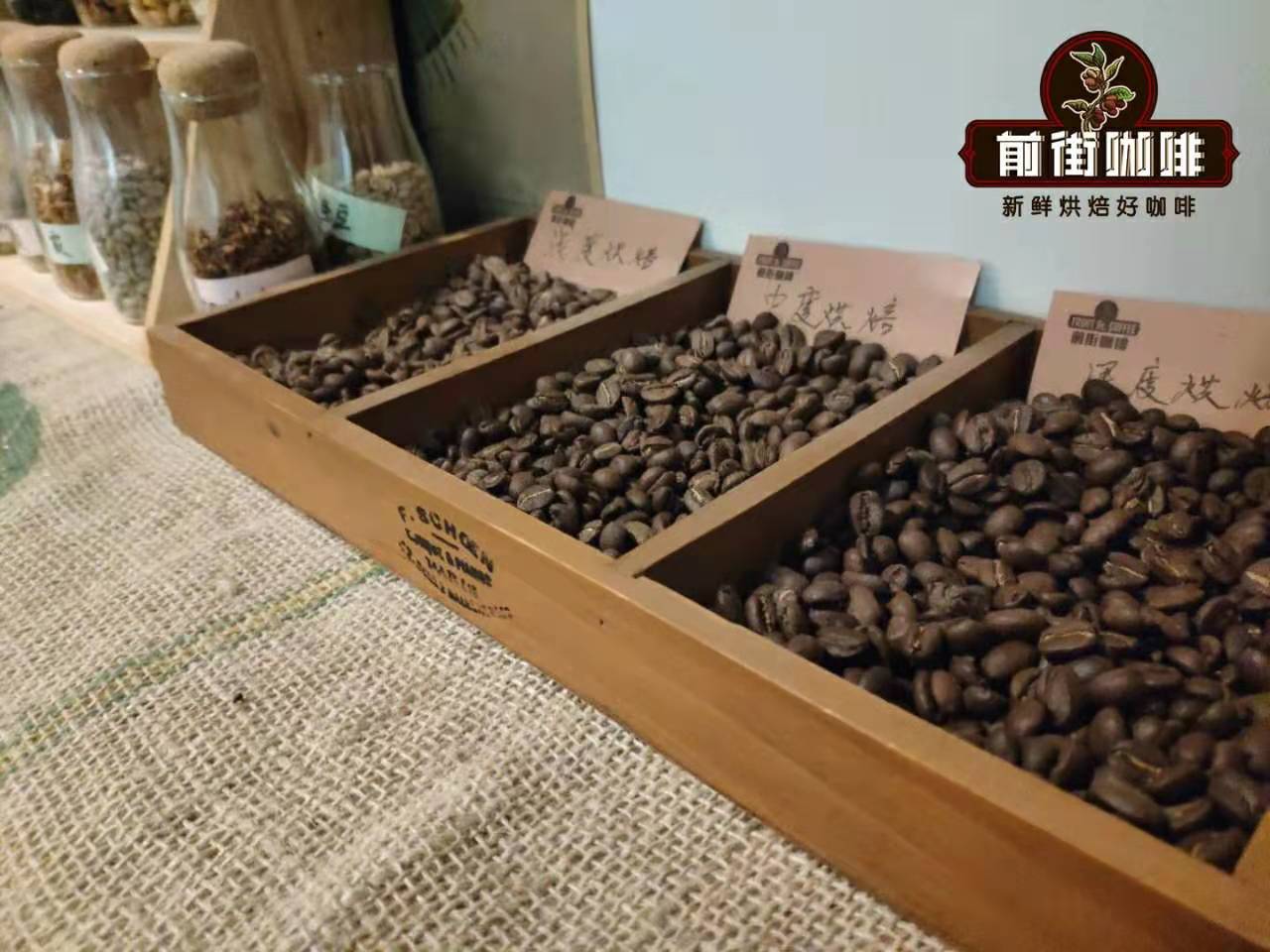
Generally speaking, light roasted coffee beans have cinnamon color, strong acidity and slight aroma, while moderately roasted coffee beans have chestnut color, light taste, slightly sour and bitter aroma, retain the original flavor of coffee beans, and are often used as American coffee or mixed coffee. Medium-depth roasted beans are light brown, with a bright and lively taste, sour and bitter balance and light acidity, and release the high-quality flavor of coffee, which is the standard baking degree and also the public's favorite baking degree; very deep-roasted beans show black oily light, coffee fiber before carbonation, taste strong and complex, bitter strong, with a strong fried and scorched aroma, mainly popular in Italy, do more espresso Espresso use.
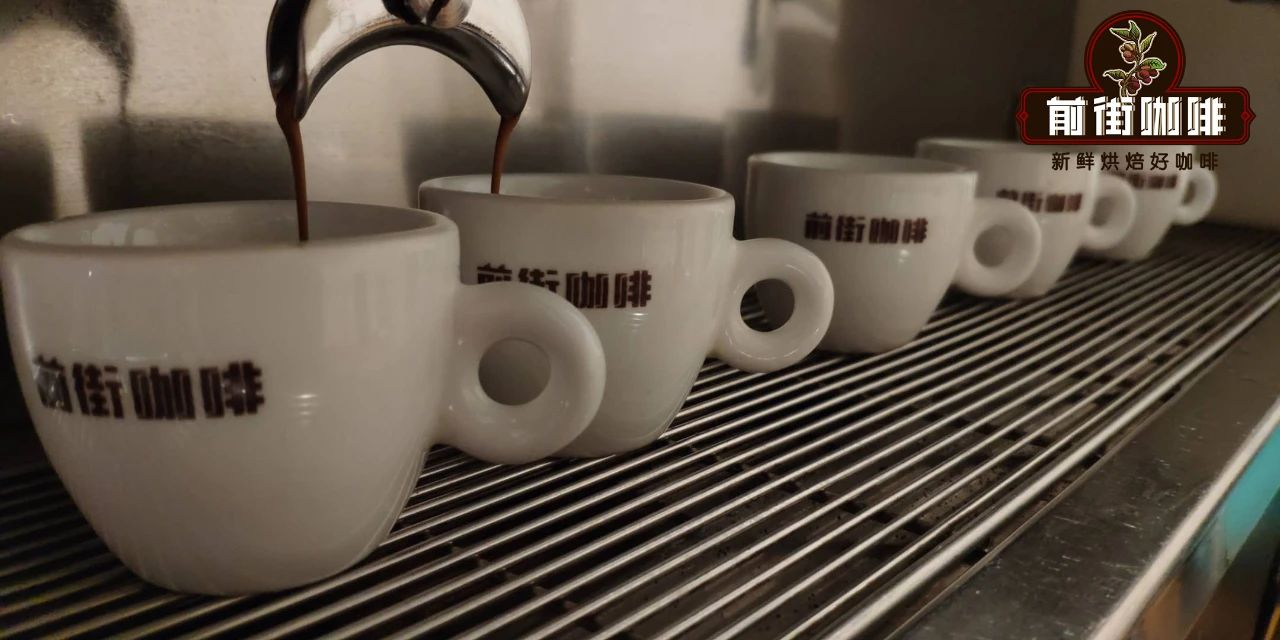
You may already be familiar with the concept of light, medium and deep roasted coffee. But how does the baker choose the baking degree? What does light baking and deep baking mean in the flavor? Just like Qianjie Coffee when baking a Mantenin coffee bean, it will take into account the regional flavor of this Mantenin coffee, and then Qianjie Coffee will customize the baking curve that best suits the best flavor of its producing area. After baking, Qianjie coffee will be tested within 8 to 24 hours after baking the beans. The purpose of the cup test is to test the taste of the producing area of this Mantenin coffee bean and whether the baking curve needs to be adjusted, which is a repeated step. When the roasting, cup testing and brewing of this Mantenin coffee bean are at the best, and have a certain representative of the producing area, Qianjie coffee will be on the shelves of this Mantenin coffee bean.
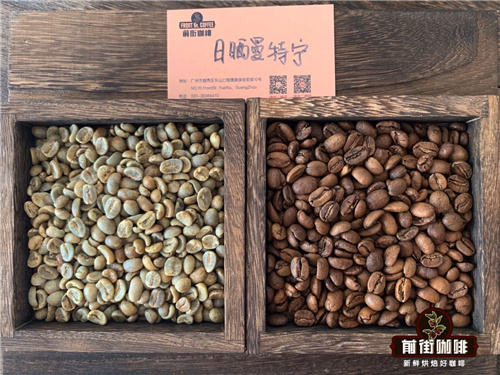
Baking is the only way for every type of coffee beans. Generally speaking, baristas treat each batch of beans differently. They will test a series of baking curves until the desired results are achieved. The roaster will taste each batch of coffee beans like a coffee quality appraiser (Q grader) and then decide which method to roast (a combination of time and temperature). For example, when Qianjie Coffee is roasting Indonesian Mantenin coffee beans, it will choose medium and deep roasting according to the growing place and processing method of Indonesian Mantenin coffee beans to highlight the herbal flavor of Indonesian Mantenin coffee beans and the flavor characteristics of low acid and high alcohol producing areas.
Qianjie Coffee, on the other hand, uses light roasting to highlight the floral aroma and the acidity of lemon and citrus when roasting African beans, such as coffee beans from Ethiopia's Yegashafi region. Also because of the different degree of baking, the flavor of each bean is different, and the troubling question may be which tastes better, deep baking or medium-shallow baking?
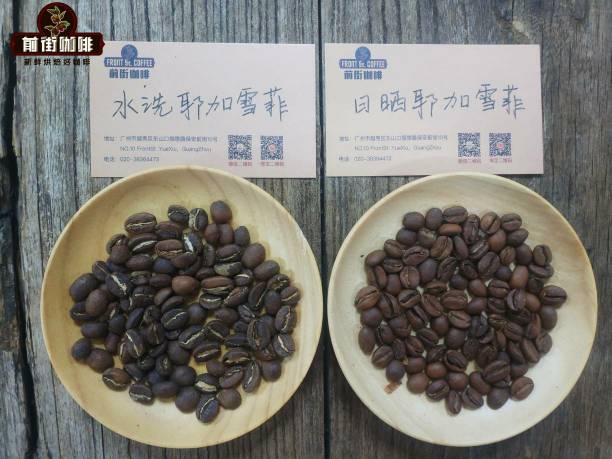
Qianjie Coffee believes that there is no better roasting degree than which, depending on your personal preference. Cafes like Starbucks and other cafes that represent the second wave of coffee tend to choose the flavor brought by deep roasting. Generally speaking, the acidity of lightly baked beans is more lively and bright, while deep-baked beans will taste mellow and nutty.
Different degrees of roasting also affect the changes of chemical elements in coffee. In his book, the well-known coffee guru Taguchi talks about the bitterness of chlorogenic acid (Chlorogenic Acid) in coffee during roasting, which varies with different degrees of roasting. This is why the flavor of most light-roasted coffee beans is bright and refreshing while the deep-baked flavor is rich in bitterness.
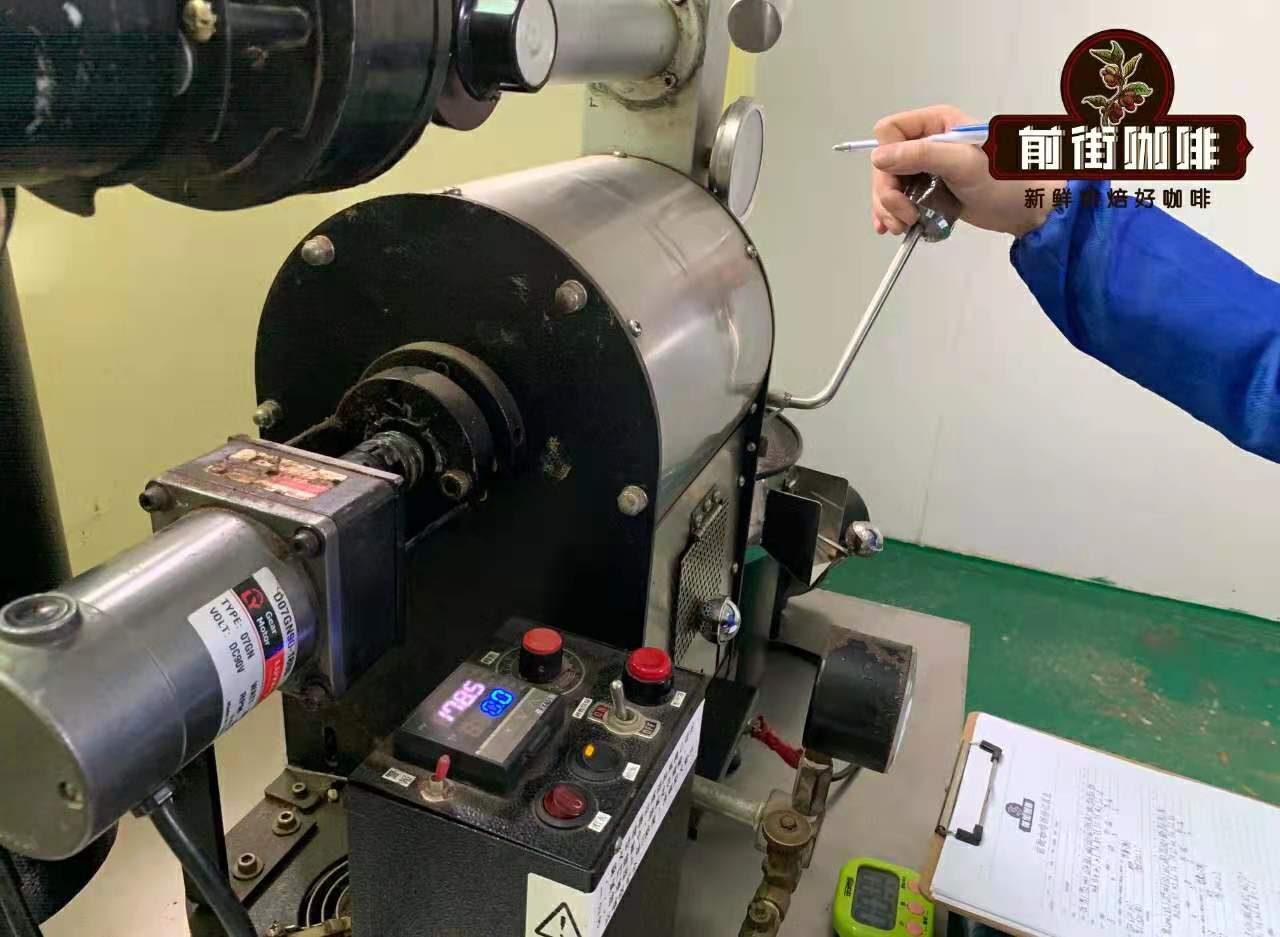
In fact, the use of lightly roasted coffee beans is likely to make the defects of unripe or defective beans more obvious, so it is a great test of the roaster's skills, each has its own advantages. Light roasting accounts for about 40% of the global drinker market, and the reason why it is popular with coffee lovers is that light roasting retains the original beauty of coffee beans more than medium-deep roasting, especially for boutique coffee with obvious aroma and characteristics. Of course, different producing areas, different varieties due to different bean properties, suitable baking methods are also different.
People often compare coffee roasting to a combination of art and science, because roasters continue to find the best roasting degree and time from experiments, among which there are many factors, such as weather, water content and quality of raw coffee beans, weather during baking, characteristics of the roaster and so on, these factors will affect the coffee flavor, so in addition to making the coffee reflect the best flavor, it is also necessary to maintain consistency!
For more boutique coffee beans, please add private Qianjie coffee on Wechat. WeChat account: kaixinguoguo0925
Important Notice :
前街咖啡 FrontStreet Coffee has moved to new addredd:
FrontStreet Coffee Address: 315,Donghua East Road,GuangZhou
Tel:020 38364473
- Prev
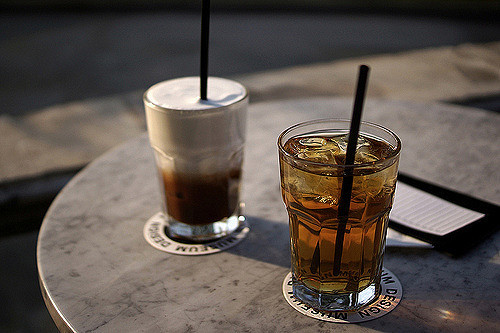
Cold knowledge | King of Sweden's drink experiment: which is more poisonous, tea or coffee?
Communication among professional baristas follow the coffee workshop (official Wechat account cafe_style) today to introduce a story about tea and coffee. Tea has a long history in Eastern culture, while coffee first spread between Africa and the Middle East, then spread to Europe, and finally became popular all over the world. These two drinks, which are very important in modern society, are not always popular.
- Next
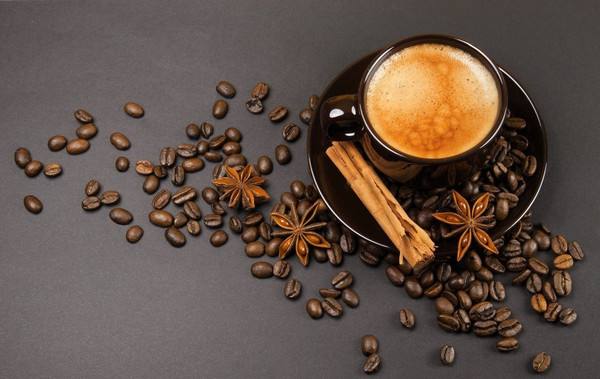
Drinking coffee in the wrong way can lead to a heart attack!
Following Cafe (Wechat official account vdailycom) found that Beautiful Cafe opened a small shop of its own, Thanks to the British love for coffee and tea, plant-based nut milks have experienced a huge increase in popularity. Thanks to people all over the world for their love of coffee and tea, milk substitutes such as plant milk and nut milk
Related
- Beginners will see the "Coffee pull flower" guide!
- What is the difference between ice blog purified milk and ordinary milk coffee?
- Why is the Philippines the largest producer of crops in Liberia?
- For coffee extraction, should the fine powder be retained?
- How does extracted espresso fill pressed powder? How much strength does it take to press the powder?
- How to make jasmine cold extract coffee? Is the jasmine + latte good?
- Will this little toy really make the coffee taste better? How does Lily Drip affect coffee extraction?
- Will the action of slapping the filter cup also affect coffee extraction?
- What's the difference between powder-to-water ratio and powder-to-liquid ratio?
- What is the Ethiopian local species? What does it have to do with Heirloom native species?

